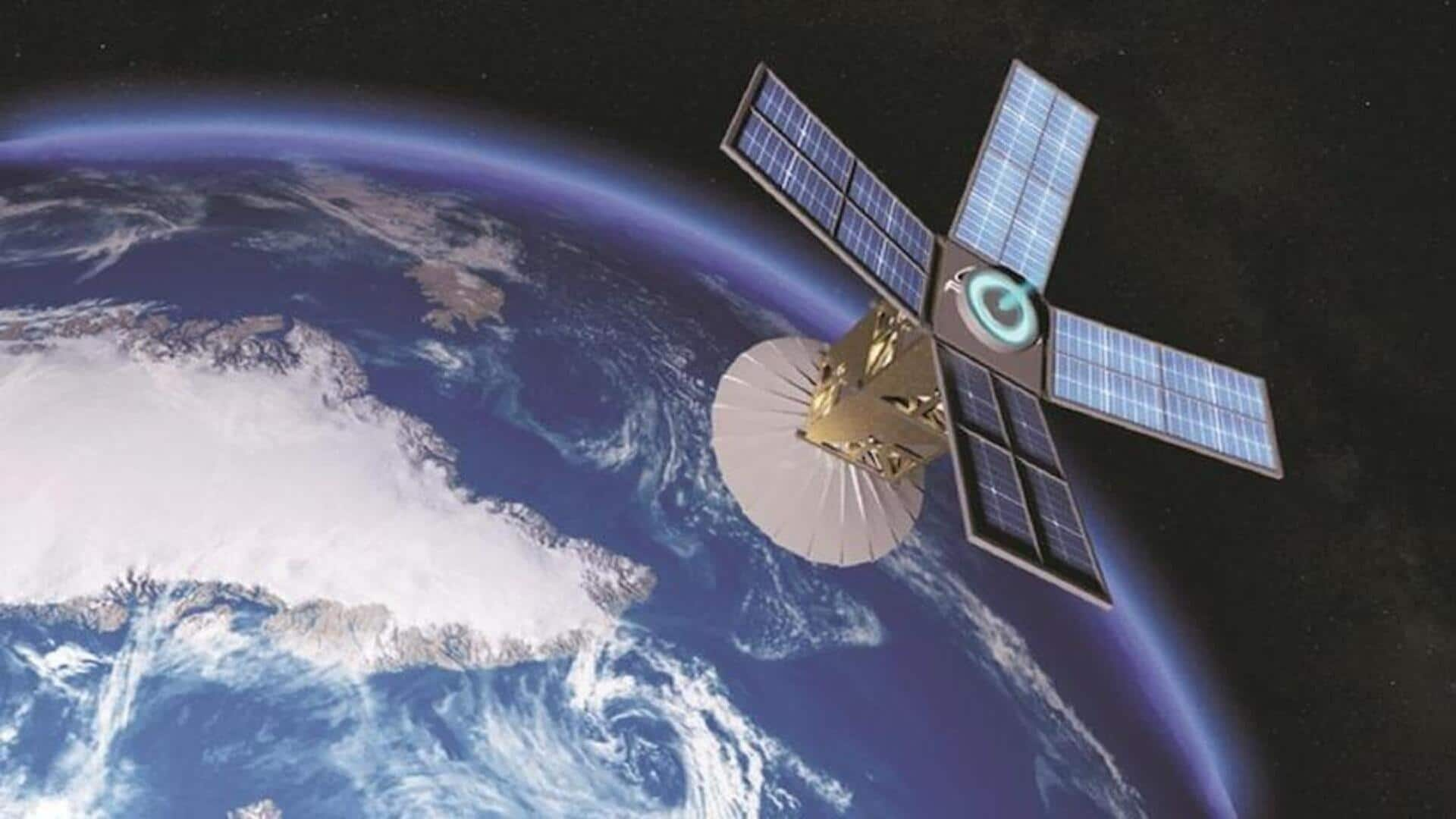
India's first space defense satellites to be launched in 2026
What's the story
India is expediting the deployment of 52 defense surveillance satellites, a move aimed at bolstering its space-based surveillance capabilities along the borders with China and Pakistan. The project, costing ₹26,968 crore, is part of Phase 3 of the Space-Based Surveillance (SBS) program. The first satellite will be launched in April 2026 and all are expected to be operational by end-2029. The project is being led by the Defense Space Agency (DSA) under the Integrated Defense Staff of the defense ministry.
Launch details
ISRO to launch 21 satellites
The Indian Space Research Organisation (ISRO) will launch 21 of the 52 satellites, while three private companies will build and launch the remaining 31. The entire constellation will to provide high-resolution imagery for India's Army, Navy, and Air Force. This will help them track enemy movements deep within adversary territory. The satellite constellation will cover a much larger area, including China and Pakistan as well as the Indian Ocean Region.
Private involvement
Project highlights major role for private industry
The project also highlights a major role for private industry, with ISRO planning to transfer Small Satellite Launch Vehicle (SSLV) technology for quick launches during emergencies. The Chief of Integrated Defense Staff, Air Marshal Ashutosh Dixit, stressed the need to detect threats at their source. He said, "We must detect, identify and track potential threats not when they approach our borders but when they are still in their staging areas."
Countermeasure
Satellite network will counter China's anti-satellite capabilities
The satellite network will also serve as a deterrent and counter to China's growing anti-satellite capabilities, including kinetic weapons and electronic warfare systems. India's recent Operation Sindoor demonstrated the importance of indigenous and commercial satellite-based tracking. The project is part of India's broader strategy to strengthen its military space capabilities in response to China's growing prowess in this domain.